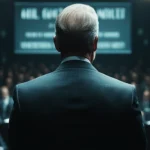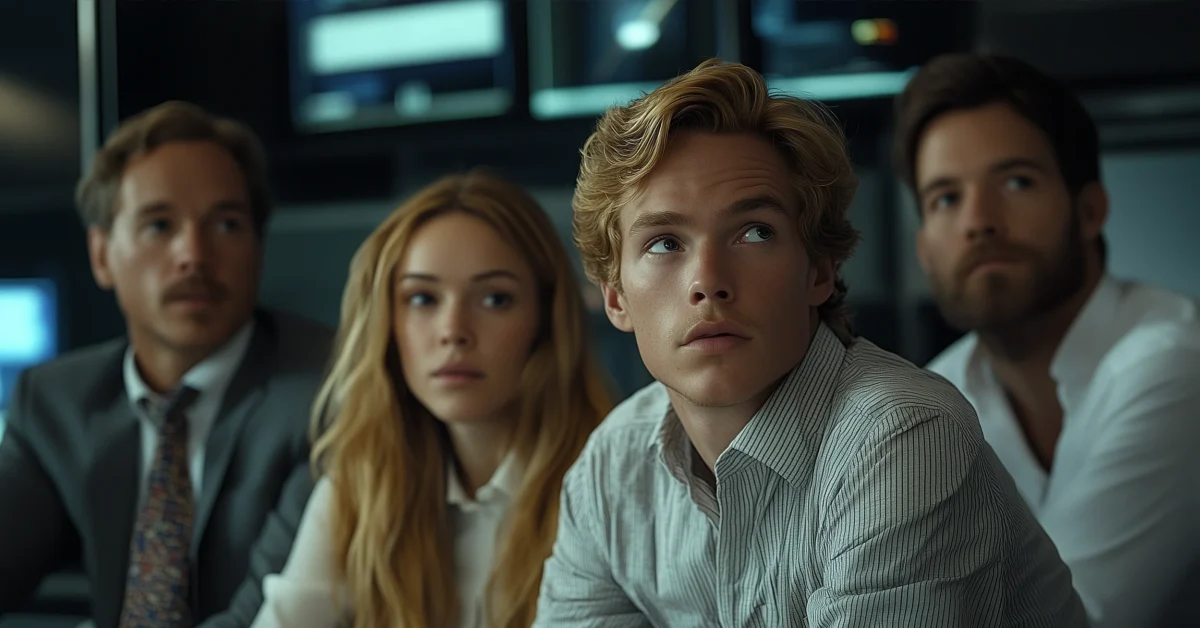
Vision Isn’t a Strategy. It’s a Liability.
Think unicorns dominate the startup world? Think again. Most startups you admire were never true unicorns—they were camels built for survival, not speed.
Introduction
Unicorns are the fantasy. Camels are the reality. Behind the glittering valuations and TechCrunch headlines, most of the startups you worship aren’t racing thoroughbreds—they’re stubborn, efficient, survival-first beasts. It’s time to dismantle the myth.
The Unicorn Myth
In the startup world, a unicorn is typically defined as a privately held company valued at over $1 billion. It’s shorthand for hypergrowth, tech disruption, and outsized venture capital backing. The allure is powerful: stories of founders who defy gravity, media headlines that anoint companies as the next big thing, and a valuation-first mindset that suggests rapid scale equals lasting success.
But this narrative is a convenient fiction—one that serves the interests of founders eager for attention and VCs hungry for exits. The image of the unicorn promises a quick journey from obscurity to global dominance, but it ignores the quieter, more disciplined paths that actually define sustainable businesses.
Camels in the Desert
Enter the camel—a creature designed for resilience over spectacle. Camels survive not because they are the fastest, but because they are built for endurance in the harshest conditions. They store resources, conserve energy, and can withstand long periods without external support.
The most enduring companies embody camel traits. Shopify spent years slowly building its platform before becoming a dominant force. Atlassian, famous for its enterprise software, grew methodically and profitably without relying heavily on venture funding. Even Amazon, in its earliest days, operated with a patience-first model, relentlessly focused on customer experience rather than valuation chases. These companies were not chasing unicorn status. They were architecting resilience.
Why Camels Win
Economic downturns have a way of exposing the fragility hidden beneath unicorn facades. When the capital spigot dries up, companies designed for speed and spectacle crumble under their own weight. Camels, on the other hand, thrive under constraint.
They manage cash ruthlessly. They emphasize profitability earlier. They are customer-centric rather than VC-centric, building solutions for real needs instead of chasing vanity metrics. Their business models aren’t designed to impress venture capitalists at the next funding round; they are engineered to survive, and ultimately, to lead.
Media’s Role in Sustaining the Fantasy
The media is complicit in sustaining the unicorn fantasy. Unicorn stories are exciting. They attract clicks, attention, and a sense of inevitability. But this creates a survivorship bias that distorts reality. We hear about the few unicorns that break through. We hear almost nothing about the 99 others that collapse trying to sprint toward a valuation goalpost.
This distortion fuels dangerous behavior. Founders prioritize the optics of growth over the fundamentals of building a durable business. Investors chase momentum rather than substance. The result is a landscape littered with burnouts and flameouts—companies that scaled fast but collapsed faster.
What Smart Operators Already Know
The tide is turning. Smart operators and sober investors are shifting their focus back to fundamentals. They recognize that durable advantage comes not from the runway you have, but from the resilience you build.
A better framework for evaluating startups is the survivability index—a measure of how well a company can endure shocks, sustain its mission, and adapt under pressure. It’s a shift from measuring valuation to measuring viability. It’s about who stays in the game longest, not who flashes brightest for a season.
Impact
Unicorns make for a good story. Camels make for a good business. As the illusion fades, the lesson is clear: the companies that endure are those built for the desert, not the racetrack. They conserve, they endure, and eventually, they lead.
In a noisy, high-velocity world, the real advantage is not speed, but staying power.



